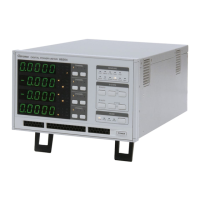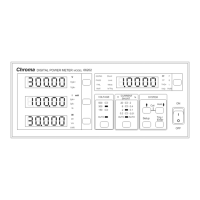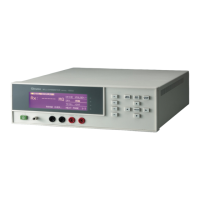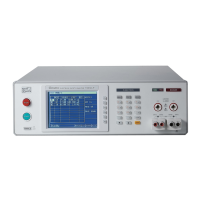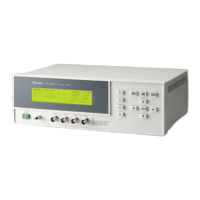How to fix Chroma 66203 Measuring Instruments when unable to do remote control?
- Cchristopher98Aug 5, 2025
To resolve remote control issues with Chroma Measuring Instruments: * Verify that the remote control address setting is correct. * Ensure that you are using the correct wires for the connection.
